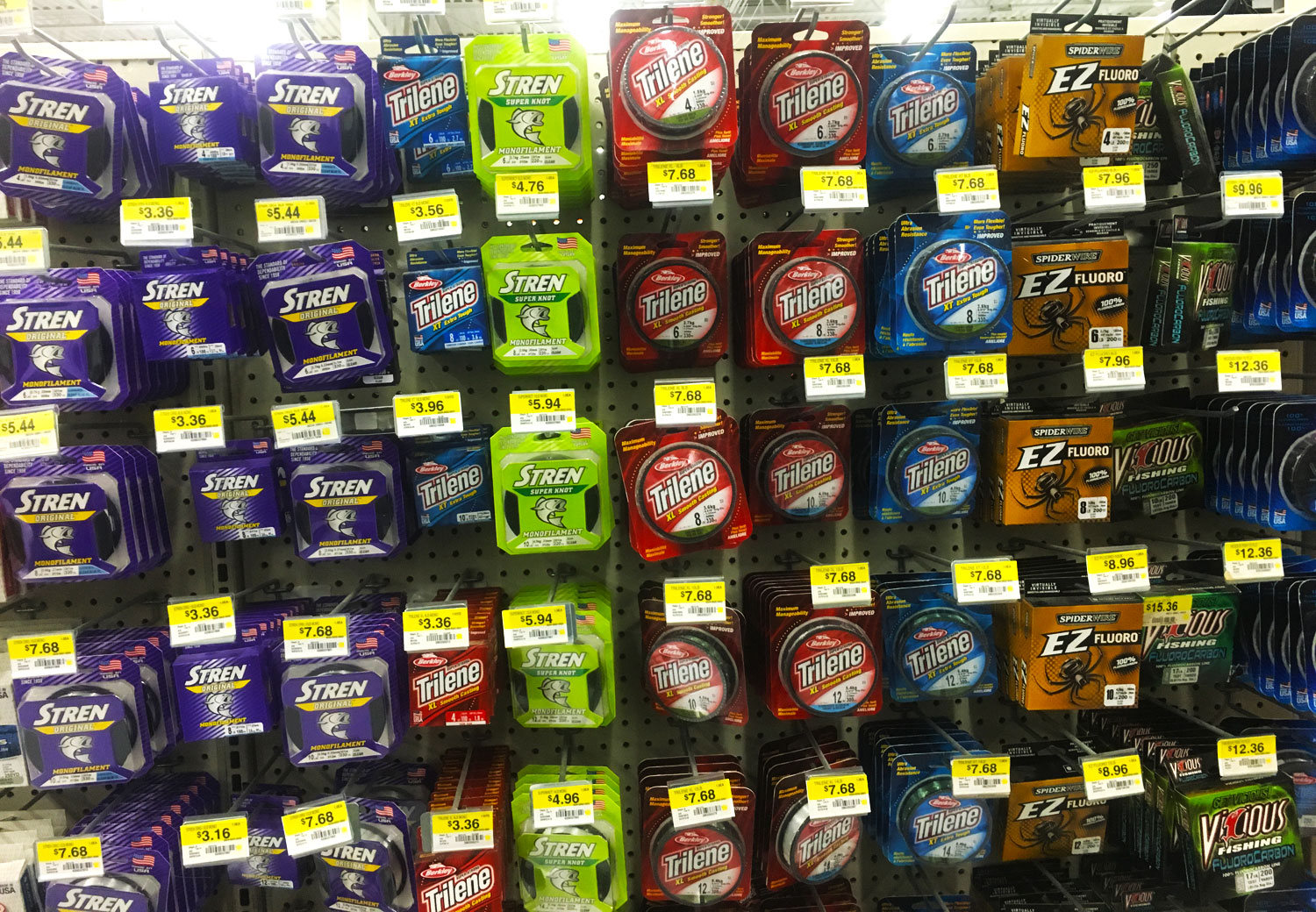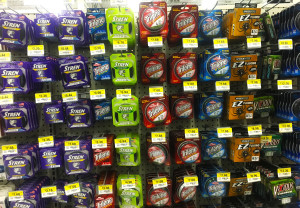
BY Chris Erwin
We are starting February, what many would say is the last real cold month heading into the 2016 fishing season. This is a good time to get your gear ready for another year.

In doing so, one of the first things you will want to do is re-spool your reels. Anglers, from the new guy to the old timer, you must think about what you want to put on your reels. Your choices could make a difference in your success.
I know that many people that are only fair-weather fishermen believe fishing has a lot to do with luck. Lets just say that after competing from 1971 to 1986 then guiding on Cave Run Lake from 1986 to 1992 and now writing about my experiences to date, I can assure you there is only one type of luck that you experience when it comes to fishing and that would be bad luck! You can break a rod, watch your line snap or drop a fish and watch it bounce off the side of the boat and watch it swim away. However, your success or failure is the direct result of your choices while you’re on the water.
In all of those years, I watched the same people win tournament after tournament. In the 14 years that I was president of the National Mine Service Co. Bassmasters the same names almost every year would end up in the top six standings. I say six because that where you had to end up at the end of the year to qualify to fish the state tournament. I had the pleasure to be in the top three for all 14 years. The top three were boaters and four through six were non-boaters.
My point is the most prepared anglers always did better than anglers who just thought they might be lucky. That is why I say if you depend on luck what you will most likely get from it is being disappointed.
A lot has changed over the years when it comes to fishing line choices, and they really do matter. It is the small differences and adjustment that make the difference between winning and losing. While you may not be fishing tournaments, what you can learn from tournament anglers can make a big difference when it comes to putting fish in the boat.
Rather than going into each lure and what line you should be using, I want to go over the line types and how they differ. If you can just remember these differences, you can make informed decisions on the water that will improve your fishing odds. If you want to improve your fishing success, knowing when to use each type of line, can open up and improve how effective your lure presentation is.
Monofilaments: While line weight is something that you will learn for each lure, there are some common traits of monofilaments you need to know. The biggest are this line type floats and it has the most line stretch of all the line types. It is more visible than fluorocarbons. As a rule, mono is less abrasion resistance than the other two. However, the quality of a monofilament line is not the same and like most things in life you get what you pay for. More anglers use monofilament line than any other type of line. Mono is useful for top-water or shallow running baits and the stretch of mono is also an advantage when you need more shock distances to keep your line from breaking.
Fluorocarbons: The traits of fluorocarbons, includes the fact it sinks, it is more abrasion-resistance, it has lower stretch, and it is much less visible to fish. This makes it the line of choice when you need to go deeper, or you want a faster sinking line, when you are fishing heavier cover or fishing very clear water. I counter the lower stretch of fluorocarbon lines by using a medium action rod, which gives me the added shock distance.
Braids: I use braids when I need power and when I’m fishing stained to muddy water. It has heavy abrasion-resistance. Many of the braids today boast small line diameter while still holding 30-80 pound tested ratings. Flipping the heavy cover, fishing over riprap and heavy weeds are times when this line type may prove to be more useful than the other two.
I have interviewed and fished with many pro-anglers in my life and they all have the same view on fishing line, and it goes something like this: Why would buy a $20-50k bass boat, purchase a dozen $200 rods & reels and then put 98-cent line between you and the fish?
Notice: From Gary Greene, 8th District Wildlife Commissioner. There will be a public meeting Feb. 18 concerning the Beaver Creek watershed timber harvests at the Menifee County Public Library in Frenchburg. Daniel Boone National Forest personnel will conduct the meeting and take public comment.
It would be beneficial if our views are well represented, and I’m sure all the grouse hunters would like to see more habit created in the national forest. I think this is something that the RGS chapter might want to get involved with for a possible future habitat project. We need to make sure that the anti-habitat creators aren’t the only ones in attendance.
Do you have question? Write me. Chris Erwin is the Author of Camping Kentucky, founder and publisher of Kentucky Angling News an on-line magazine available at www.kentuckyangling.com/magazine Chris can be reached by email Trimmer308@gmail.com


Be the first to comment